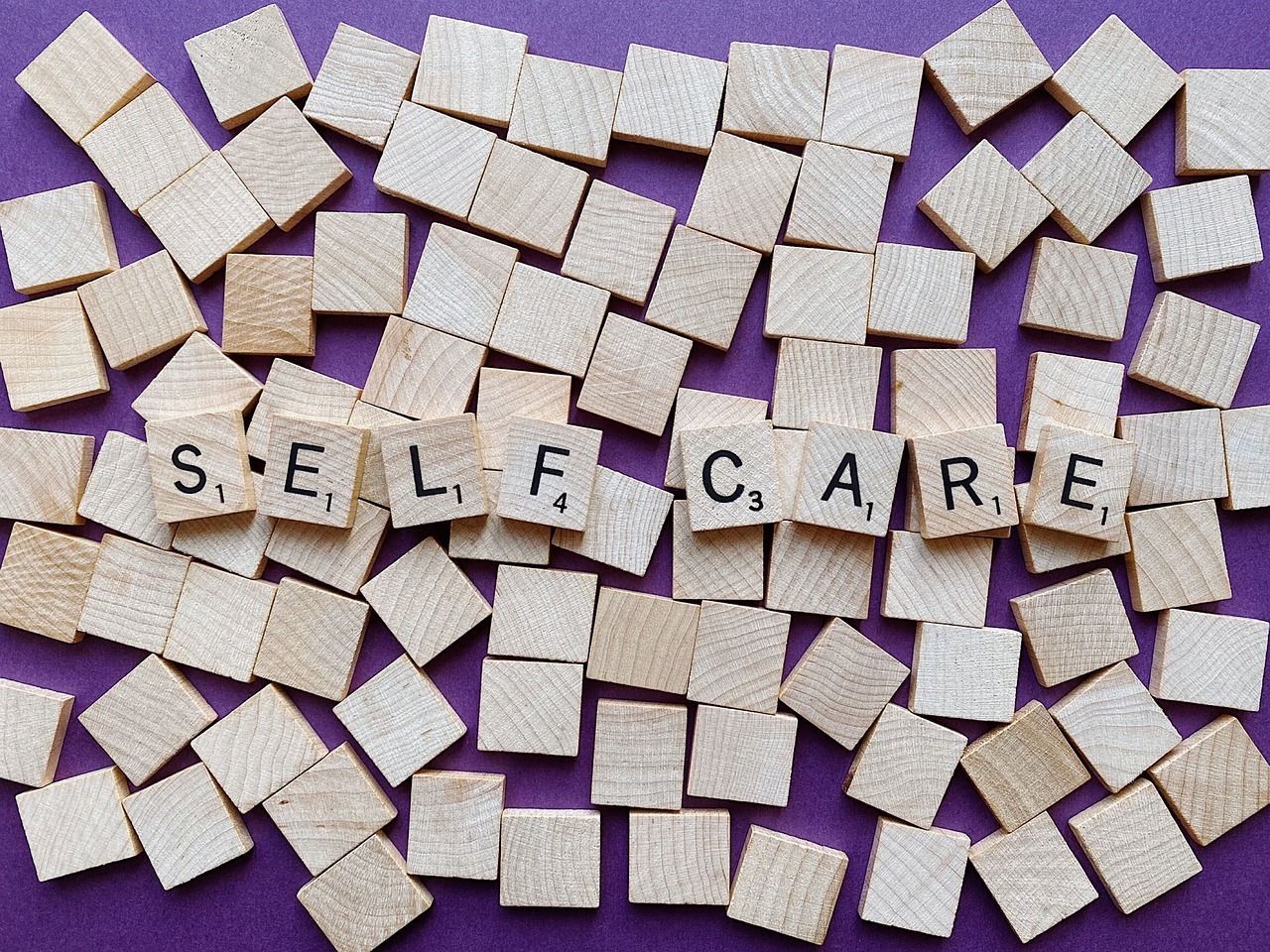How Social Media Impacts Adolescent Mental Health: The Good, the Bad, and the Solutions
Social Media's Role in Shaping Adolescent Mental Health
A bold statement challenges common views: Social media does not solely harm teen mental health. The article explains social media's impact on adolescent mental health and examines both its benefits and the risks linked to its use. It offers practical strategies for healthier online habits and guides how parents can monitor and support their teens. Readers struggling with mental health issues or concerned about social media's effects will find clear, actionable advice tailored to their needs.
Key Takeaways
- Social media impacts adolescent self-esteem through behavioral shifts and constant digital feedback
- Online comparisons may reduce teens' self-worth and promote feelings of loneliness
- Excessive screen time can heighten vulnerabilities to bullying and depressive moods
- Tailored support programs help teens manage digital stress and improve mental well-being
- Educators, caregivers, and specialists play a crucial role in monitoring online behaviors
Understanding the Impact of Social Media on Teen Mental Health
The section examines how social media affects adolescent self-esteem by analyzing behavior changes, social comparison, and the onset of fear and loneliness. The review highlights shifting emotion dynamics and guides on recognizing anxiety signals that may warrant a therapist's attention.
Analyze How Social Media Influences Adolescent Self-Esteem
Social media and mental health show effects on adolescent self-esteem through clear behavioral shifts that prompt a reexamination of identity and social validation. Mental health programs and direct learning approaches support teens in managing negative comparisons while emphasizing the value of self-worth in daily interactions.
The influence of online interactions calls for careful management of digital content, which may strain self-esteem without proper support. Teens, caregivers, and educators can benefit from increased awareness regarding health insurance options and tailored programs; the following list highlights key areas for effective learning and support:
- Digital content regulation
- Tailored health initiatives
- Community support systems
Examine Social Comparison and Its Effects on Mental Health
Social comparison online can trigger feelings of inadequacy when adolescents measure themselves against curated images on the internet. Mental health specialists recommend using art therapy and reviewing supportive pdf resources to help young individuals understand self-worth and avoid the pitfalls that social comparisons often bring, including the stress from cyberbullying.
As social media falls into a routine part of daily life, professionals note that teens may experience shifts in their mental wellbeing when they assess their lives through constant digital feedback. Mental health experts stress that addressing these issues early with personalized strategies can reduce the negative impact of social media on self-esteem and create a more supportive environment.
Identify Signs of Social Media-Related Anxiety in Teenagers
Experts note that teenagers may display increased anxiety through changes in their image perception and prolonged screen time, affecting their mood and social interactions. Observations include withdrawn behavior, where excessive reliance on online validation heightens feelings of social isolation and even grief over perceived inadequacies.
Professionals advise that careful monitoring of screen time and the acknowledgment of subtle signs of distress can help determine when intervention or therapy may be necessary. Family members and educators are encouraged to watch for shifts in behavior that signal deeper issues related to social isolation and emotional strain.
Benefits of Social Media Engagement for Adolescents
Positive online communities offer healing and support, fostering peer support and real family connections. Adolescents gain a feeling of belonging while accessing online resources that promote mental well-being and address challenges such as poverty. The upcoming sections detail practical methods to build connections, find mental support, and explore beneficial resources.
Discover Positive Online Communities for Mental Support
Positive online communities serve as a safe space where teens learn that social network and mental health issues can be addressed through shared experiences, practical education, and professional support. These platforms help reduce anger created by isolation and miscommunication, offering constructive feedback and a channel for early recognition in cases of emergency.
Expert guidance in these digital circles supports youth by providing accessible education on mental health and offering clear strategies to manage negative emotions. Through moderated discussions and peer connections, adolescents feel encouraged to explore solutions without judgment, reinforcing the benefits of a balanced digital environment.
Highlight Ways Social Media Can Foster Connections Among Peers
Social media platforms create spaces where peers can exchange experiences and offer constructive support during moments of crisis. Mental health specialists note that these online interactions capture attention and promote effective coping strategies among adolescents.
Recent data from the pew research center underscores how virtual networks facilitate meaningful engagement and problem-solving among teens. This form of support can complement traditional mental health services, including those covered by insurance, by providing additional avenues for early intervention and care.
Discuss Online Resources That Promote Mental Well-Being
Online resources offer practical guidance to adolescents dealing with depression and social challenges while providing support for issues such as conduct disorder. Platforms associated with nurse practitioners in Idaho share evidence-based strategies that empower teens to manage their mental well-being effectively.
Digital hubs frequently feature insights from public health experts like Vivek Murthy, delivering actionable advice that resonates with young individuals. These online tools facilitate access to professional opinions and interactive sessions, bridging the gap between traditional care and accessible support.
Exploring Risk Factors Linked to Social Media Use
This section investigates how extended smartphone use can link to mental health issues, including bio-related stress and substance abuse risks. It reviews the dangers of cyberbullying and assesses how unrealistic portrayals harm self-image. Counseling and medication support may offer relief, providing practical insights for care strategies.
Investigate the Link Between Screen Time and Mental Health Issues
The analysis of screen time reveals a link between extended device usage and mental health issues in adolescents. Experts note that excessive time on platforms such as Snapchat and mental health forums can increase vulnerability to bullying, leading to heightened suicidal ideation and a decline in overall happiness:
Professionals emphasize that reducing screen time and promoting physical activity can improve mental health outcomes by addressing factors such as bullying and feelings of isolation. They suggest that combining structured exercise with engaged discussions about Snapchat and mental health helps restore happiness and reduce the risk of suicidal ideation among vulnerable teenagers.
Recognize the Dangers of Cyberbullying and Its Impact
Experts in adolescent mental health highlight that cyberbullying risk requires careful policy review and adoption to protect vulnerable individuals. They advocate for enhanced knowledge of the effects of digital interactions on dopamine levels, emphasizing the need for timely intervention through specialized programs at a clinic setting.
Clinicians and mental health specialists observe that the stress from cyberbullying may trigger severe emotional responses, impacting recovery and well-being. They offer actionable strategies, recommending policies that encourage safe online practices and the adoption of supportive environments to strengthen overall knowledge and resilience among teens.
Assess How Unrealistic Portrayals Affect Mental Well-Being
Unrealistic portrayals on social media can impact how adolescents recall daily events and affect their memory by shaping distorted images of success and normal life. Experts, including those cited by the american academy of pediatrics, note that these depictions may lead to increased stress and reduced physical activity, prompting an urgent need for balanced online content and real-world engagement.
These skewed representations may also contribute to symptoms linked with oppositional defiant disorder, as teenagers struggle to reconcile their natural expectations with the virtual world. Mental health professionals stress that managing online presence with mindful interventions can alleviate stress and encourage physical activity, offering a healthier perspective that supports cognitive and emotional well-being.
Strategies for Healthier Social Media Habits
Effective time management, mindful content use, and positive online interactions are essential for adolescent mental health in utah. Evidence-based life skills help prevent social media overuse, which may resemble disease-like stress. Expert strategies advise setting digital limits, choosing healthy online content, and promoting supportive social media connections.
Implement Time Management Techniques for Social Media Use
Implementing time management techniques helps teens balance their engagement with social media against other daily activities, effectively reducing problematic social media use while maintaining a steady mood; clear scheduling also supports medicine for the mind by setting a routine that discourages overuse of digital platforms, including the use of php tools to track screen time:
- Establish daily screen time goals
- Integrate tech-free time periods
- Utilize php-based monitoring tools
Experts in adolescent mental health recommend structured digital routines to preserve a positive mood and prevent issues related to problematic social media use, ensuring that teens develop healthy habits; practical strategies paired with consistent application reinforce overall well-being and serve as effective medicine for managing digital stress.
Encourage Mindful Consumption of Online Content
The professional guidance suggests that adolescents should be aware of the content they view online by setting clear time limits, similar to the scheduling practices implemented at the university of utah, to improve focus and well-being. Mental health experts note that applying javascript-based tracking tools can offer precise information on usage patterns, aiding in early intervention efforts linked to emergency department visits for digital overload and anger management issues.
Practitioners recommend that teens monitor their online interactions as they would approach couples counseling, ensuring that discussions foster healthy relationships without escalating conflicts. The advice, grounded in first-hand expertise, emphasizes that mindful consumption of digital content builds resilience and supports mental health, a strategy that can reduce the stress leading to emergency department visits and contribute to effective anger management.
Share Tips for Promoting Positive Interactions Online
Experts recommend that adolescents practice mindful communication by actively choosing content that supports healthy interactions, as highlighted in recent research on media and mental health. Proper sleep routines and engagement with supportive communities at a trusted center encourage constructive feedback and reduce digital stress, according to findings from the american psychological association.
Clinicians advise that teenagers foster positive connections online by focusing on clear, respectful dialogue and eliminating harmful content. Strategic choices that prioritize sleep and community guidance at established centers align with media and mental health research, providing practical support for improved online behavior.
Role of Parents in Guiding Adolescent Social Media Use
Parents guide teenagers through online experiences by establishing open communication and setting clear screen time boundaries. They help assess risk while educating patients on privacy and safety concerns. College advisors, community leaders, and teachers also share insights, ensuring teens benefit from structured support and a balanced approach to social media use.
Establish Open Communication About Online Experiences
Parents play a critical role in establishing open communication about online experiences. They can share strategies drawn from family medicine practices to help teens manage screen time and discuss privacy settings as a practical step towards safeguarding their mental processes and brain health. This dialogue also supports early treatment identification for conditions such as bipolar disorder by encouraging transparency and continuous observation of online behaviors.
Effective discussions on digital habits can empower adolescents to articulate their feelings and concerns openly. By involving professional insights from family medicine, guardians can introduce simple yet effective concepts related to privacy settings and brain wellness, ensuring that any signs needing treatment for issues like bipolar disorder are promptly recognized and addressed. This approach creates a supportive environment that values honest communication about social media experiences.
Educate on Setting Boundaries Around Screen Time
Parents can help youth manage their screen time by establishing clear regulation guidelines that promote a healthy digital routine. They can explain that limiting online exposure not only boosts mental sharpness but also reduces the fear of missing out, increasing overall motivation for offline activities and personal growth.
Informed by practical strategies, parents should discuss with their children the benefits of setting boundaries around technology use. This regulation supports mental balance while addressing concerns about overexposure to social media, providing the youth with a structured approach to cultivating motivation and curbing the fear of missing out.
Promote Awareness of Privacy and Safety Online
Parents play a key role in creating a safe space for adolescents to manage their online privacy and security, ensuring that each experience is monitored and adjusted with their best interest in mind. They act as a guiding force to help teens reach the goal of understanding digital safety while incorporating insights from social work and professional mental health support.
With an informed approach, a parent can highlight the significance of privacy settings and clear communication of online experiences to maintain mental well-being. This careful monitoring of digital interactions supports a secure space and reinforces a goal of balanced social media use, benefiting from actionable practices informed by social work expertise.
The Future of Social Media and Adolescent Mental Health
Predicted trends show social media evolving its influence on mental health, with emerging platforms prioritizing overall health. Future adaptations may mitigate addiction risks while incorporating insights from pubmed studies. Adjustments to policies, similar to first responder protocols and fax updates, aim to create secure environments for youth online. These topics set the stage for detailed guidance below.
Predict Trends in Social Media’s Influence on Mental Health
Health professionals predict that advancements in digital technology will bring a more nuanced portrayal of mental health in the media, allowing targeted interventions for FOMO and anxiety among adolescents. Nursing experts and music therapy practitioners are preparing to integrate these insights into their practice to help teens navigate online challenges effectively.
Emerging trends indicate that improved monitoring tools will offer real-time support, complementing traditional methods used by health professionals to address FOMO-related stress. Nursing and music therapy are expected to play a growing role in this evolving landscape by providing tangible support that bridges digital experiences and personal care.
Explore Upcoming Platforms That Prioritize Mental Wellness
Innovative platforms are emerging that prioritize mental wellness while addressing issues such as violence and harmful digital habits. These systems incorporate features developed through a systematic review of user engagement and input from therapists at leading university centers to offer actionable insights for adolescents.
Next-generation social media solutions actively promote supportive communities and proactive mental health practices, reducing risky behavior and reinforcing constructive habits. This approach is illustrated by the following table that outlines core features and actionable steps:
Discuss Potential Policy Changes to Safeguard Youth Online
Experts in mental health and technology policies emphasize the need for clear guidelines to safeguard youth online. They highlight that better data practices and stringent measures within health care systems can help mitigate risks related to substance use disorders and other impacts on adolescent mental health:
Policy experts assert that strategic changes in online safety measures can bridge gaps between technology and health care while reducing the risk of substance use disorders among young users. These data-informed approaches offer practical examples of how targeted interventions and updated guidelines can directly address the evolving challenges of digital youth interactions.
Conclusion
Social media significantly shapes adolescent mental health by influencing self-esteem, social interactions, and digital behavior. Teens face both risks and benefits as online relationships and curated content affect their emotional well-being. Experts encourage mindful consumption, structured guidance, and proactive communication to counter adverse effects. Ongoing attention to social media habits fosters resilience and promotes a healthier developmental environment for young individuals.











